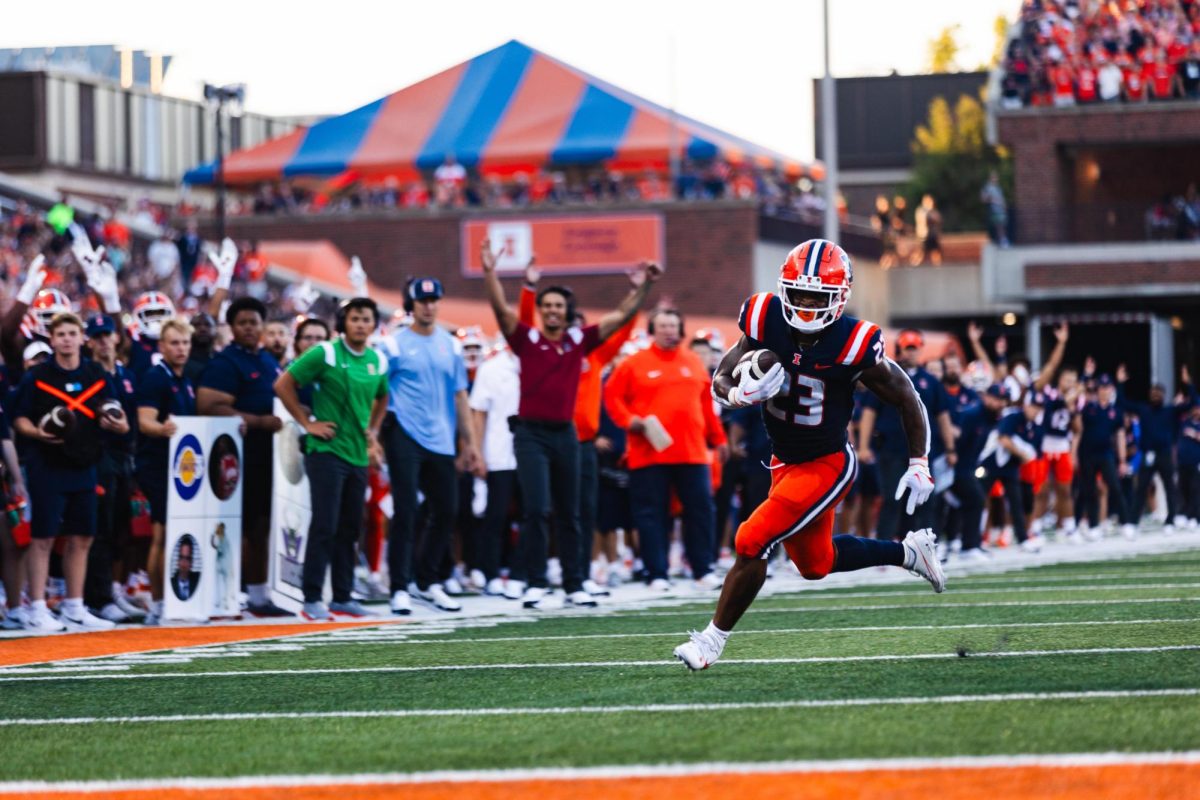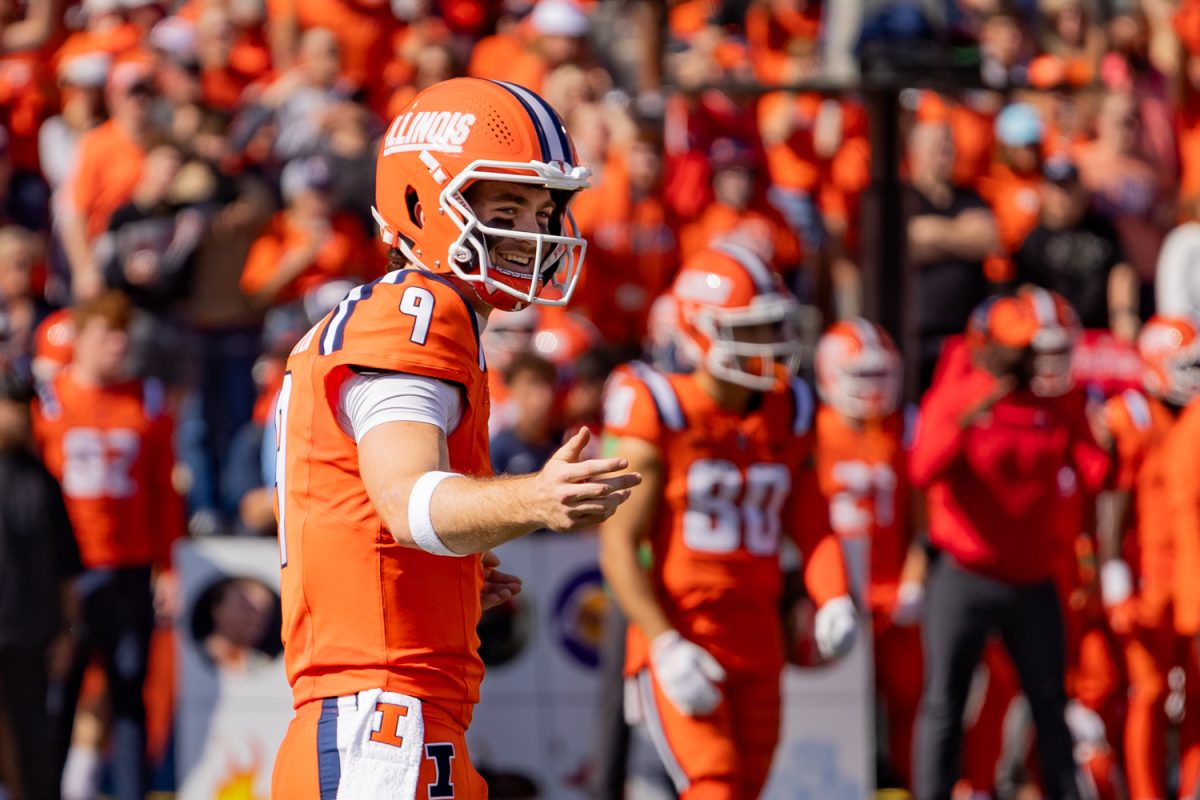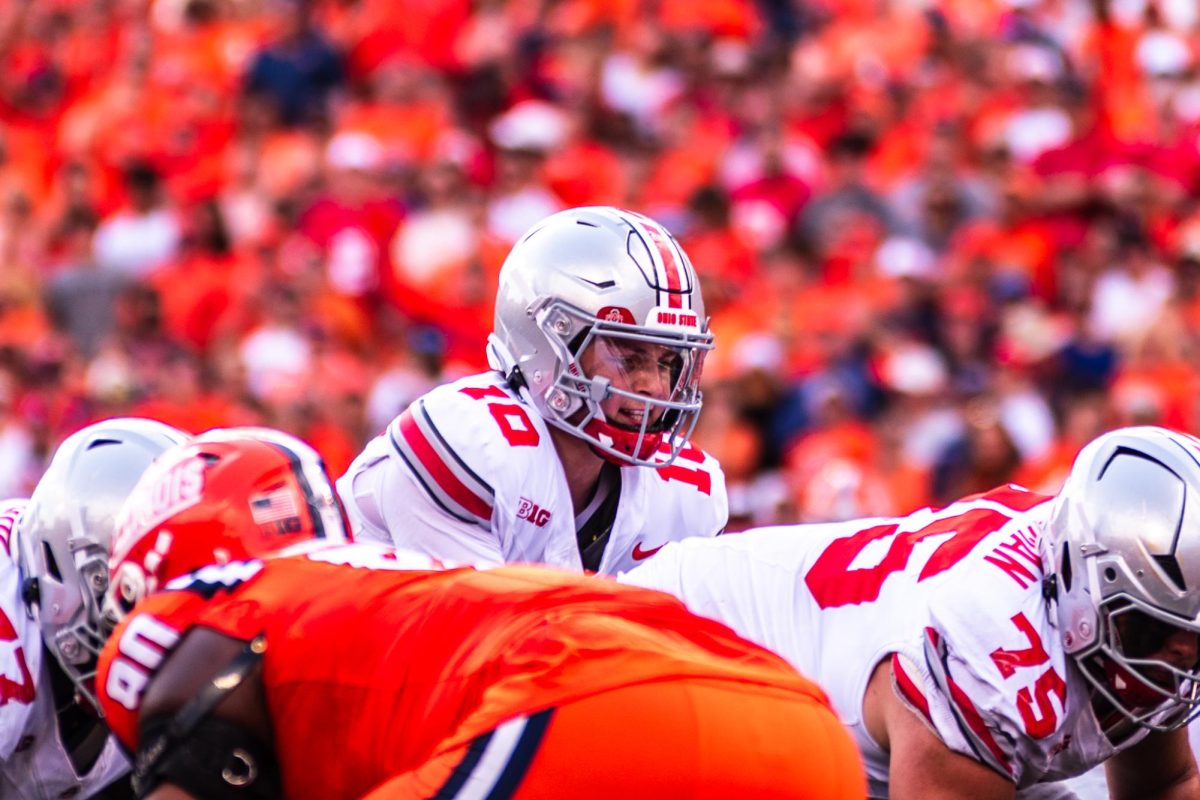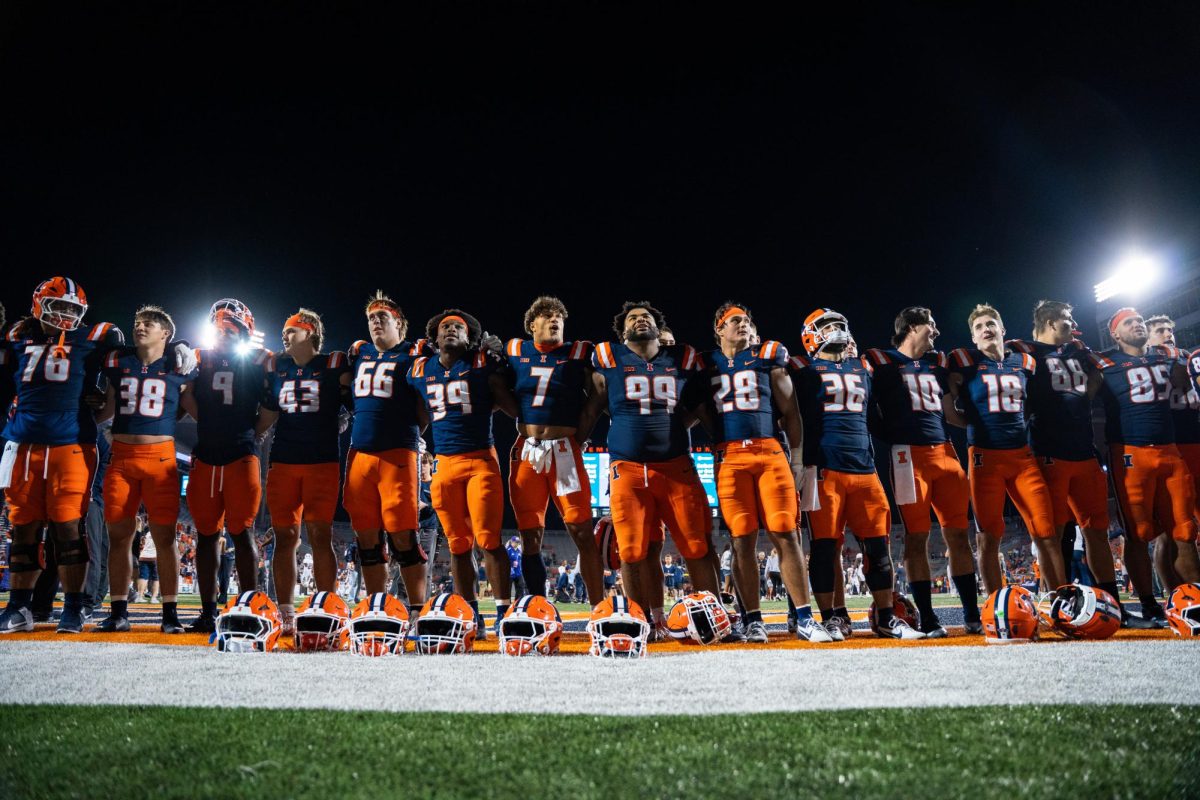With the upcoming college football season about to start, all eyes are on the Big Ten as it incorporates UCLA, USC, Washington and Oregon into the conference, bringing its total to 18 schools. This new era of Big Ten athletics brings many challenges and culture shocks for both the new members and the existing teams.
This is the first time in 10 years that the Big Ten is expanding. Since starting in 1896 with Illinois, Minnesota, Michigan, Northwestern, Purdue, Wisconsin and the University of Chicago, the conference has expanded seven times. Three years after formation, Iowa and Indiana became the newest members, followed by Ohio State in 1912, when the Big Ten met the qualifications in their name for the following 34 years: 10 schools.
The University of Chicago ended its football program seven years before leaving the conference in 1946. Another three years went by before a 10th school joined the conference once again — this time, Michigan State. Another 41 years went by until 1990 when Penn State donned the Big Ten logo on its sleeves. In 2011, Nebraska became the final singular addition to arrive in the Big Ten before Maryland and Rutgers gave the conference 14 teams in 2014.
There are many skeptics of the newest inclusions of these four former Pac-12 teams, many for logistical reasons. Most Big Ten schools are in the Midwest, with Rutgers, Penn State and Maryland rounding out the conference on the East Coast. However, the conference has now expanded to both coasts, making the journey from Rutgers to Oregon roughly 2,900 miles. That adds up to approximately a 43-hour drive or a five-and-a-half-hour long flight, which these student-athletes will inevitably have to make, even occasionally on weeknights.
Traveling also isn’t the biggest hurdle for these teams. With 18 schools spanning from the Pacific to the Atlantic Ocean, all 18 teams will have to learn to play in different weather environments. The 14 pre-existing teams were relatively in the same region of the country, with similar humid summers and cold, snowy winters. However, the West Coast teams average 30 degrees warmer temperatures in November, bringing them an entirely different kind of “football weather.”
Get The Daily Illini in your inbox!
Finally, the quality of the conference has risen. In the final AP poll of the 2023-24 season, four existing teams, Iowa, Penn State, Ohio State and Michigan, all placed in the top 25, with newcomers Washington and Oregon placing in the top six. USC and UCLA have also fielded ranked teams in the last two years, which could displace some Big Ten competition that has hovered in the middle/bottom of the pack recently.
As for Illinois football, they are only scheduled to play against one incoming team, Oregon, in late October. They will largely avoid the big new environments, stiffened competition, and Los Angeles traffic, but they will have to fight in the standings. The games mean more now in the revamped Big Ten, and year one serves as a chance for a statement for everyone to see who will survive and who will drop in conference expansion.








